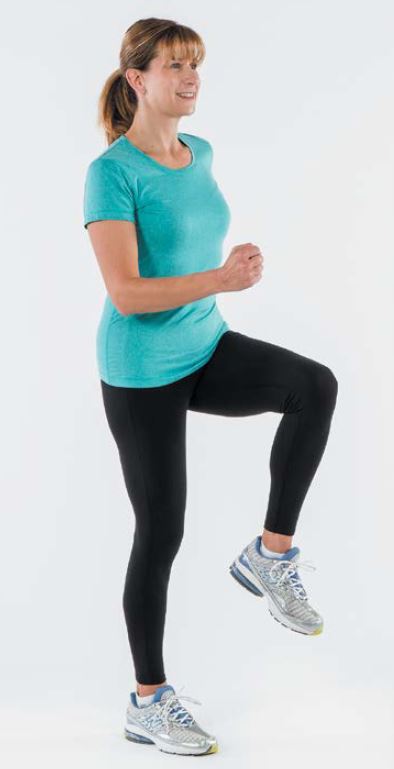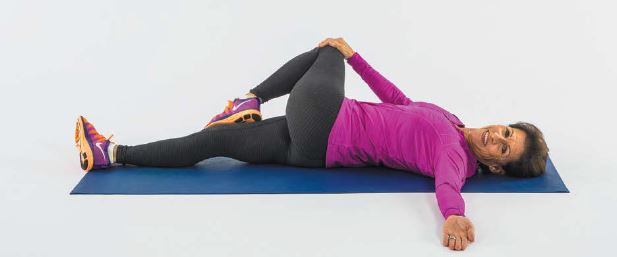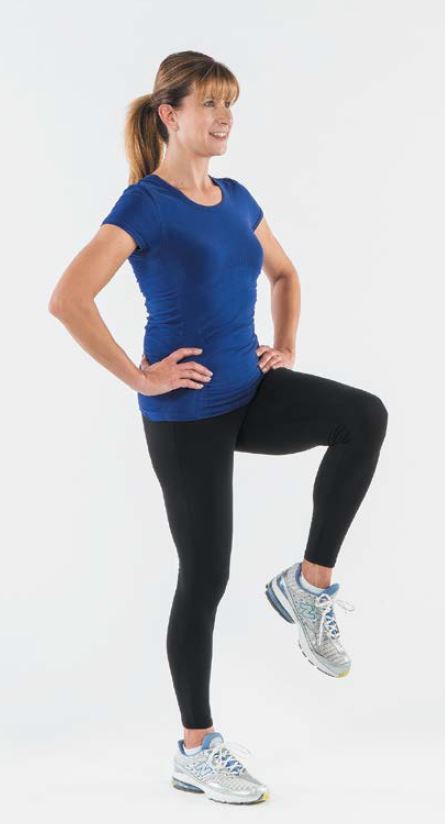This is default featured slide 1 title
Go to Blogger edit html and find these sentences.Now replace these sentences with your own descriptions.This theme is Bloggerized by Lasantha Bandara - Premiumbloggertemplates.com.
This is default featured slide 2 title
Go to Blogger edit html and find these sentences.Now replace these sentences with your own descriptions.This theme is Bloggerized by Lasantha Bandara - Premiumbloggertemplates.com.
This is default featured slide 3 title
Go to Blogger edit html and find these sentences.Now replace these sentences with your own descriptions.This theme is Bloggerized by Lasantha Bandara - Premiumbloggertemplates.com.
This is default featured slide 4 title
Go to Blogger edit html and find these sentences.Now replace these sentences with your own descriptions.This theme is Bloggerized by Lasantha Bandara - Premiumbloggertemplates.com.
This is default featured slide 5 title
Go to Blogger edit html and find these sentences.Now replace these sentences with your own descriptions.This theme is Bloggerized by Lasantha Bandara - Premiumbloggertemplates.com.
Friday, June 29, 2018
Medicine Mindset
Treatment for Alcohol Withdrawal
A four-day course of anti-anxiety medication is typical for mild to moderate withdrawal symptoms. You'll be scheduled for follow-up and rehabilitation treatment.
Monitoring of your heart rate, breathing, body temperature, and blood pressure, as well as fluids and electrolytes.
Patients are usually given one of the benzodiazepine anti-anxiety drugs, such as Valium (diazepam), Ativan (lorazepam), Librium (chlordiazepoxide), and Serax (oxazepam). They work on nerve cells in the brain to prevent delirium tremens and the risk of seizures, which are two serious withdrawal symptoms.
If you are severely alcohol dependent, your symptoms can progress rapidly and may quickly become life-threatening. You may require drugs that depress the central nervous system (such as sedatives) to reduce your symptoms. Often they are given in moderately large doses.
Friday, June 8, 2018
Types of Exercise
The 4 most important types of exercise
Strengthening, stretching, balance, and aerobic exercises will keep you active, mobile, and feeling great.
1. Aerobic exercise
Marching in place |
Starting position: Stand tall with your feet together and arms at your sides.
Movement: Bend your elbows and swing your arms as you lift your knees. March in a variety of styles:
Tips and techniques:
Make it easier: March slower and don't lift your knees as high.
Make it harder: Lift your knees higher, march faster, and really pump your arms. | |
2. Strength training
Squat | |
 |
Starting position: Stand with your feet shoulder-width apart, arms at your sides.
Movement: Slowly bend your hips and knees, lowering your buttocks about eight inches, as if you're sitting back into a chair. Let your arms swing forward to help you balance. Keep your back straight. Slowly return to the starting position. Repeat 8-12 times.
Tips and techniques:
Make it easier: Sit on the edge of a chair with your feet hip-width apart and arms crossed over your chest. Tighten your abdominal muscles and stand up. Slowly sit down with control.
Make it harder: Lower farther, but not past your thighs being parallel to the floor. |
3. Stretching
Single knee rotation
Starting position: Lie on your back with your legs extended on the floor.
Movement: Relax your shoulders against the floor. Bend your left knee and place your left foot on your right thigh just above the knee. Tighten your abdominal muscles, then grasp your left knee with your right hand and gently pull it across your body toward your right side. Hold 10 to 30 seconds. Return to the starting position and repeat on the other side.
Tips and techniques:
|
4. Balance exercises
Standing knee lift | |
Starting position: Stand up straight with your feet together and your hands on your hips.
Movement: Lift your left knee toward the ceiling as high as is comfortable or until your thigh is parallel to the floor. Hold, then slowly lower your knee to the starting position.
Repeat the exercise 3-5 times.
Then perform the exercise 3-5 times with your right leg.
Tips and techniques:
Make it easier: Hold on to the back of a chair or counter with one hand.
Make it harder: Lower your leg all the way to the floor without touching it. Just as it is about to touch, lift your leg up again.
|
Weaker Bones - Joints Pain & Remedies
- Know your family history. ...
- Boost calcium consumption. ...
- Get Plenty of Vitamin D and Vitamin K. .
- Eat Lots of Vegetables. ...
- Perform Strength Training and Weight-Bearing Exercises. ...
- Consume Enough Protein.
- Pump up the potassium. ...
- Make exercise a priority. ...
- Consume less caffeine. ...
- Cool it on the booze.
- Avoid Very Low-Calorie Diets. ...
- Consider Taking a Collagen Supplement.
- Weight Training, especially the Squat Exercise.
- Plyometrics.
- Jumping.
- Stair Running.
- Body Weight Exercises.
- Jump Roping.
- Running.
- Hiking.
Eyesight problems & remedies
- Age-Related Macular Degeneration. Age-related macular degeneration (AMD) is the physical disturbance of the center of the retina called the macula.
- Bulging Eyes. ...
- Cataracts. ...
- Cataracts In Babies. ...
- CMV Retinitis. ...
- Colour blindness. ...
- Crossed eyes (Strabismus) ...
- Diabetic Macular Oedema.
- Polycarbonate. ...
- Trivex. ...
- High-index plastic. ...
- Aspheric. ...
- Photochromic. ...
- Polarized sunglasses.
- LASIK (laser in-situ keratomileusis) ...
- PRK (photorefractive keratectomy) ...
- LASEK (laser epithelial keratomileusis)
- RLE (refractive lens exchange). ...
- EpiLasik. ...
- PRELEX (presbyopic lens exchange) ...
- Intacs. ...
- Phakic Intraocular Lens Implants.
Stomach Infection
How long does stomach infection last?
What is the home remedy for stomach infection?
- Ginger helps to reduce inflammation and promote digestion by relieving nausea and vomiting. ...
- Mint, such as peppermint, can also help to soothe an upset stomach and treat gas and bloating.
| Popularity | Drug Name | Drug Class |
|---|---|---|
| 1 | amoxicillin | Penicillin Antibiotics |
| 2 | Keflex (cephalexin) | Cephalosporin Antibiotics |
| 3 | Augmentin (amoxicillin/potassium clavulanate) | Penicillin Antibiotic / Beta Lactamase Inhibitor Combinations |















